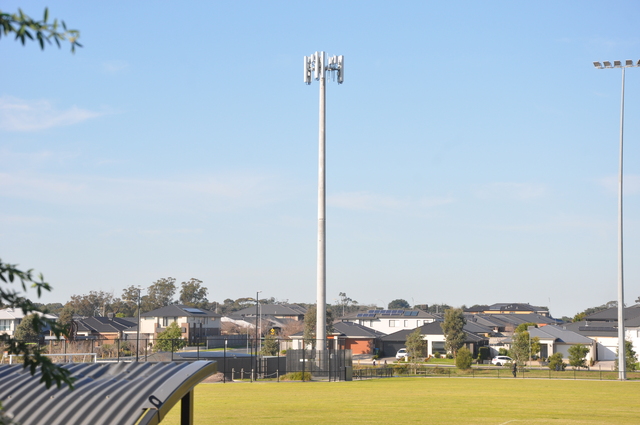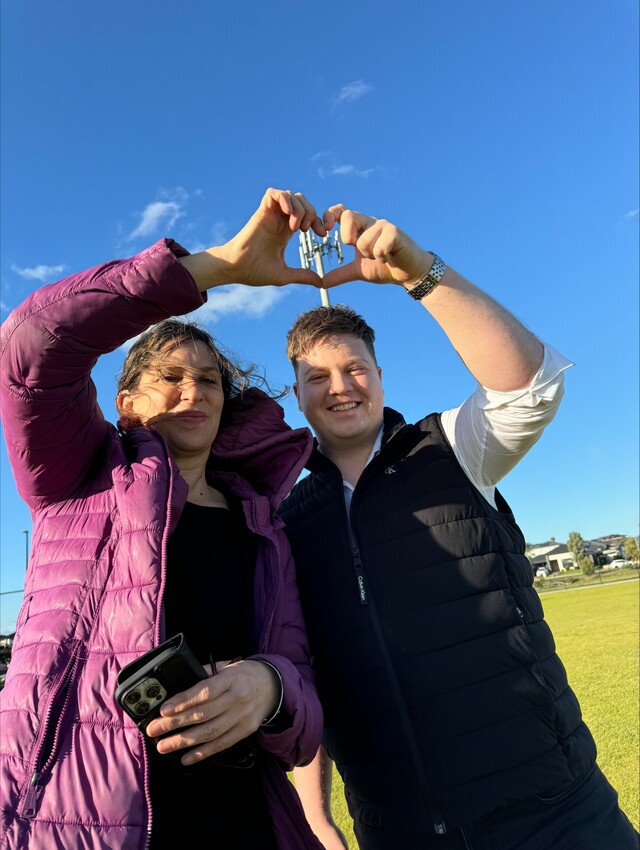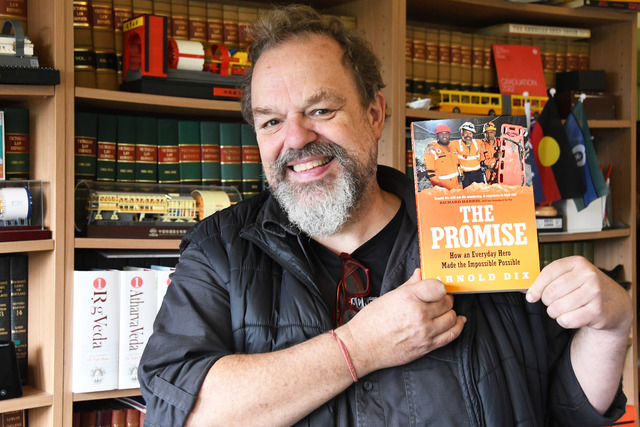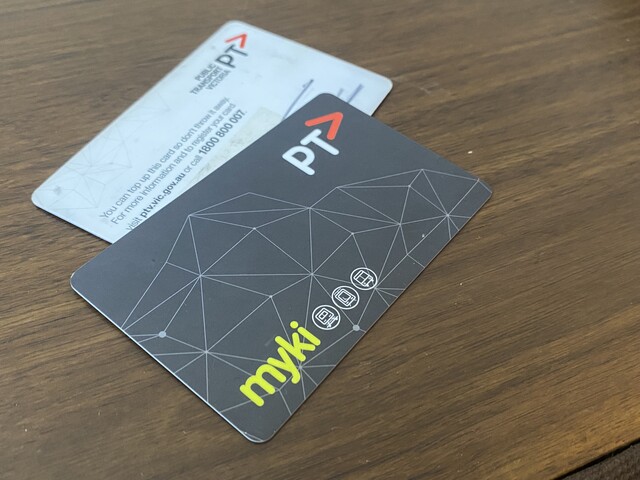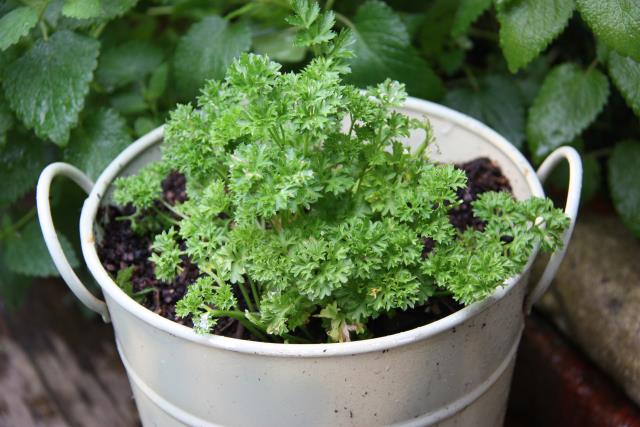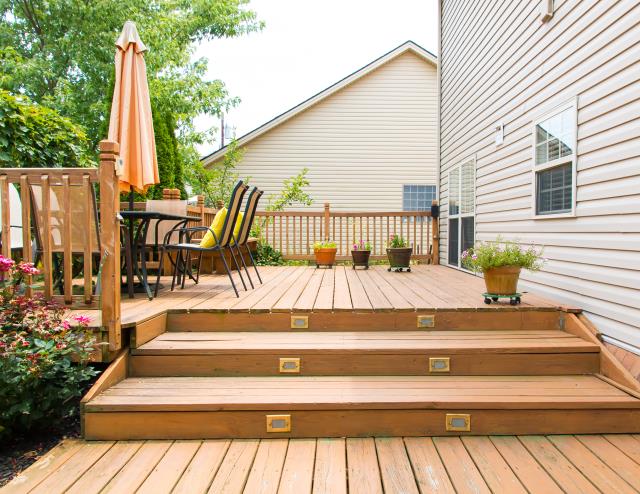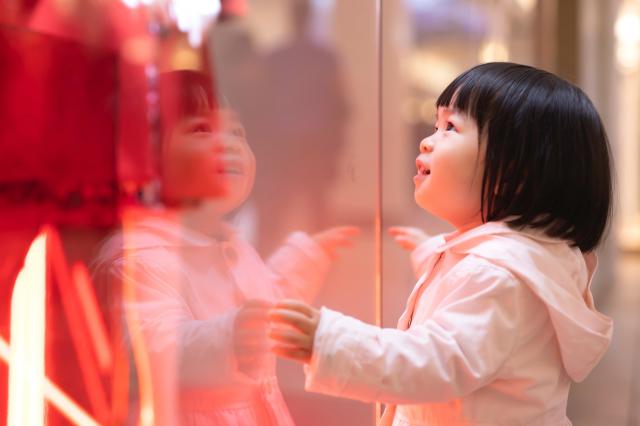The suburb of Clyde North has finally welcomed its first mobile cell tower which was installed on Thursday 25 July, after years of residents’ connectivity struggles.
The new tower marks a significant stepping stone for the local community and is one of the many steps in the Connecting Victoria campaign.
Situated in the corner of Ramlegh Park Reserve, the mobile coverage is more than just a welcome sight, with the suburb and surrounding areas battling a lack of connectivity since residents first began settling around 2017.
Advocating for better infrastructure within growth corridors like Clyde North in the southeast, Mr Galea recently addressed the addition at a 31 July legislative assembly meeting where he called on the Minister for Government Services for further development following the installation.
“It should not be up to the state government to step in where the private telco market has failed, but that is what we have done – step in,” he said.
“We are not prepared to allow people in this area to be without mobile reception, so it is great to see this first tower up and running.”
Mr Galea also added that residents in Clyde North have been waiting for telcos to realise the need for these towers, and as part of the Connecting Victoria campaign, it’s “about stepping in where there are those lapses, those failures to provide the services”.
“In an ideal world, the telcos would have already gotten these towers into place years ago, but there’s always space for us to do something as well.
“That’s where [the campaign] comes in, to help fire that investment to get these tower projects up and running, because the more we wait the harder it is on the people in Clyde North,” he said.
For the neighbouring Ramlegh Park Primary, Principal Linda Corcoran said the new tower is a boon not just to residents, but especially to facilities and services such as themselves.
“It’s vital that people are able to communicate with each other and that has been a serious issue for many years in this area,” she said.
Touching on specific benefits towards the school, factors such as “emergency management, which having a tower, we’re hoping would improve that”.
“Staff weren’t able to contact each other, we were reliant on mobile phones for that communication, whereas I know other schools use mobile phones.
“We still have some concerns; I’m with Telstra for example and I have great service now, but other staff are with Vodafone or Optus and their connection hasn’t improved at all,” Ms Corcoran said.
Elsee, from One Early Education, is of the same mind, adding that staff and parents alike have had multiple, repeated issues of getting in touch with one another; internet cutting off, calls bouncing and more.
“It really benefits us, we’re a community here, the families are all connected with us and we have this platform where we put all of our information,” she said.
More often than not, the previous lack of connection made it difficult for the website to be accessed, where on other occasions parents who were waiting for their children are seldom able to get in contact with others outside of the facility.
“They had to walk outside or go to the road to call someone, so I think this is a big thing for the community,” Elsee said.
“We have educators, and even they have to go outside to make calls, and even for myself whenever I’m working on the computer it would suddenly just stop connecting.
“We need that [connection], it’s a big help,” she said.
Mr Galea is passionate about the needs of suburbs such as Clyde North, “it’s a booming and growing area and there are a lot of investments going in”.
While big conversations could be had about the possibilities for infrastructure investment in the vicinity, “in this day and age, to not have mobile connectivity in such a populated area as Clyde North really isn’t good enough”.
“There are a lot of growing pains that we’re experiencing, particularly in these pockets of the outer southeast,” he said.
Mr Galea also added that there are a number of other investments happening in not just Clyde North, but surrounding areas as well; which range from co-funding with local councils on local projects such as transport expansion and more.
The new bus routes are another, as well as the addition of a number of schools in the near future.
However, Mr Galea thinks that what is being observed is that “we’re throwing all this investment in and we’re still barely keeping pace”.
“So what’s really important as well is that we continue to grow our suburbs, but we grow with them in a way that’s much more sustainable.
“That comes back to the state-wide approach to planning, which the planning minister, Sonya Kilkenny, is currently doing a lot of round tables across the state to reshape the planning framework,” he said.
He also added that while the growth of the outer suburbs is exponential, “too much” of it is being “carried” by them.
“The outer suburbs continue to grow but they need to do so at a much more sustainable pace.
“We need to be looking at having conversations about density in those inner and middle ring suburbs, better planning [on] some regional centres as well.
“That way we are still having that growth in the outer suburbs, but doing so in a way that we’re actually keeping pace with the services and infrastructure that people need as they move in,” he said.

